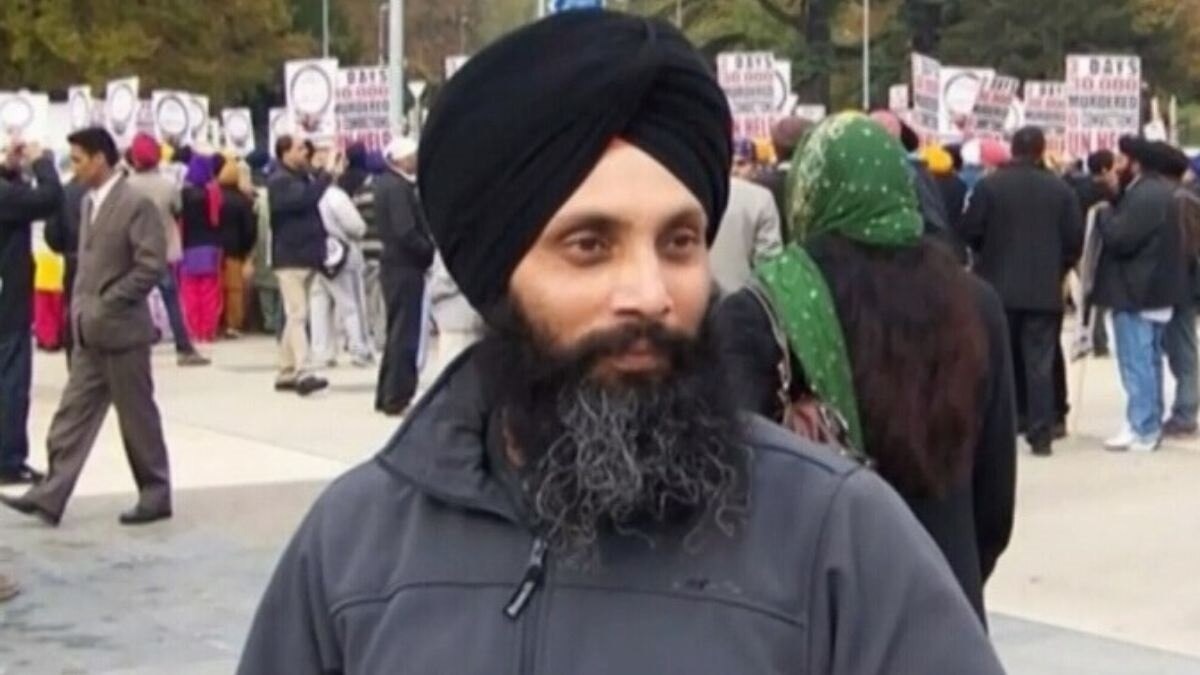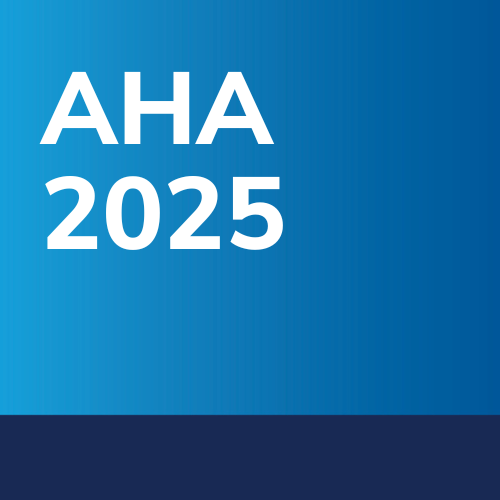It was with the help of British spy call intercepts that the Canadian authorities drew alleged links between India and the killing of Hardeep Singh Nijjar in June 2023, a new documentary released this week has claimed.
‘Inside the Deaths that…

It was with the help of British spy call intercepts that the Canadian authorities drew alleged links between India and the killing of Hardeep Singh Nijjar in June 2023, a new documentary released this week has claimed.
‘Inside the Deaths that…

Replacements Andre Esterhuizen and Grant Williams as well as starting flyhalf Sacha Feinberg-Mngomezulu added tries to a first half score by Cobus Reinach to record a ninth win in 10 matches against a stunned…

SPOILER ALERT: This post contains spoilers for all eight episodes of “All Her Fault,” now streaming on Peacock.
In the final moments of Peacock’s twisty limited series “All Her Fault,” Peter Irvine died as he lived: misguidedly…

At the start of 2025, Emilly Johnston joined the powerhouse Scott-SRAM team. She also stepped up from under-23 to the elite ranks. We talked to her about what that experience was like and how her first season as an elite went after a steallar…

France: Ramos; Penaud, Barassi, Fickou (capt), Bielle-Biarrey; Ntamack, Le Garrec; Erdocio, Marchand, Montagne, Flament, Meafou, Jelonch, Boudehent, Guillard.
Replacements: Cramont, Gros, Aldegheri, Taofifenua, Auradou, Jegou, Lucu, Depoortere.
South…

A liberal transfusion strategy following major vascular or general surgery did not significantly improve outcomes at 90 days post procedure in patients at high risk of a cardiac event when compared to a restrictive strategy, according to…

Alpesh Karkare & Janhavee MooleBBC Marathi
 Amar Chitra Katha
Amar Chitra KathaFor generations of Indians, the Amar Chitra Katha comic books have been a gateway to stories on religion,…